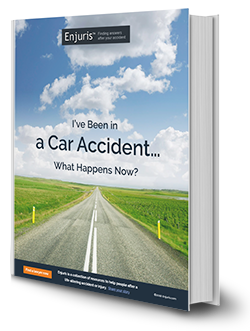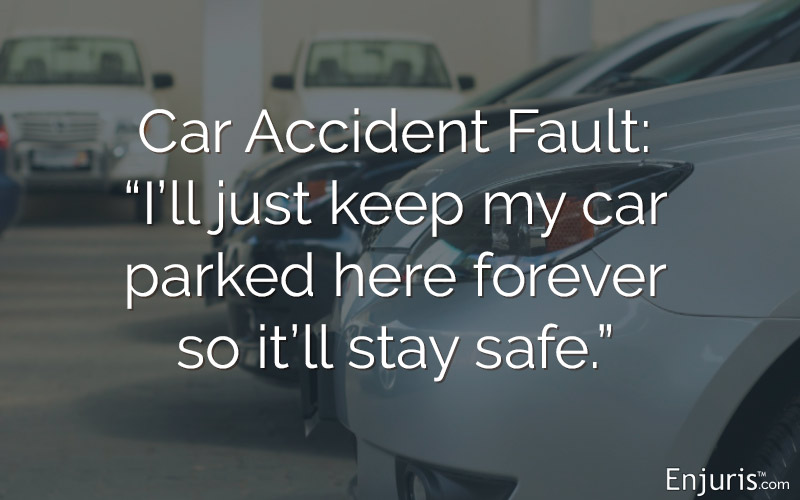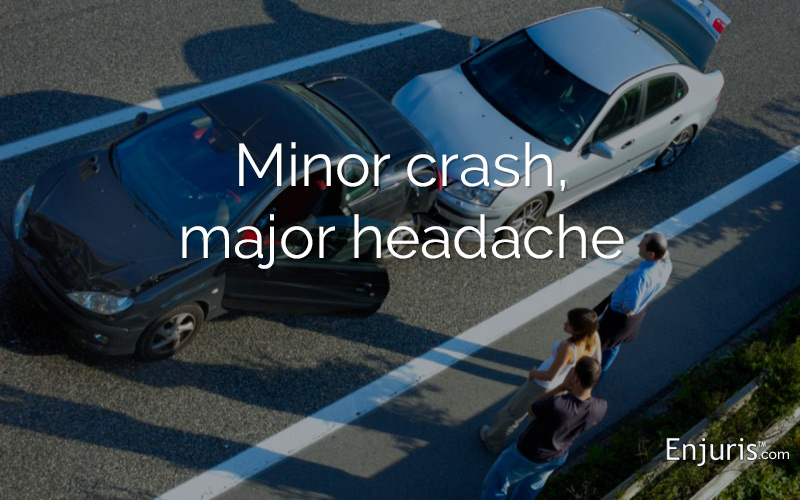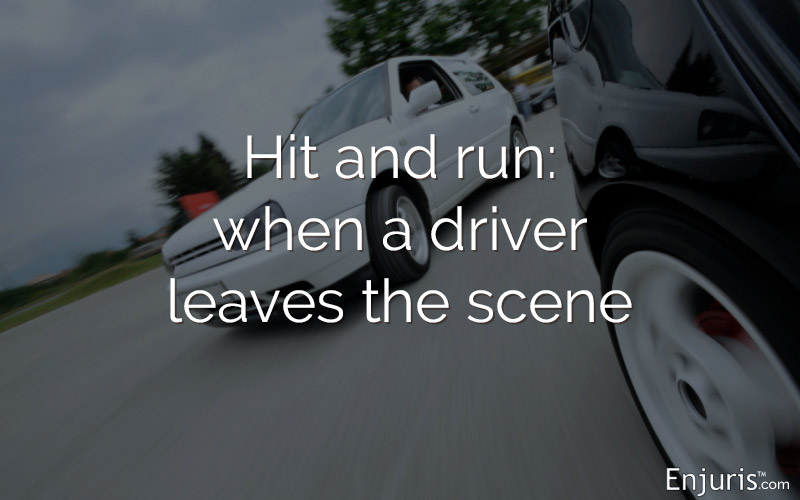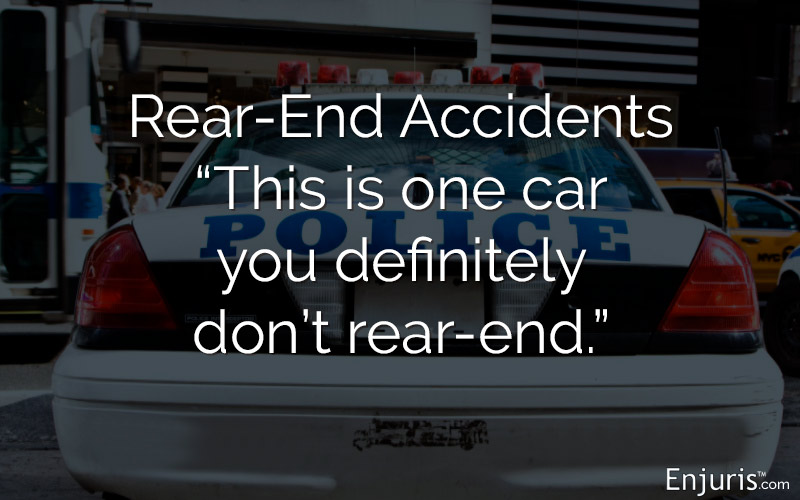Understanding fault and your recovery options when you're involved in a car accident
According to the National Highway Traffic Safety Administration (NHTSA), Pennsylvania doesn't crack the top 10 when it comes to the most dangerous states for driving. It is, however, considered the 2nd most dangerous state for winter driving.
Whether you're cruising down Scenic Highway 6 in Scranton in the dead of summer or struggling up a hill in Erie through 2 feet of snow in the middle of winter, car accidents in Pennsylvania are a real danger.
Here are some things to think about in order to make sure you're in a position to recover financially following a car crash in the Keystone State.
Pennsylvania car accident statistics
Though the high numbers of car crash injuries and death are alarming, it's worth keeping in mind that Pennsylvania's fatality rate has been lower than the U.S. average for almost every year since 1937.
| Total crashes in Pennsylvania by severity (2018) | ||
|---|---|---|
| Fatal crashes | 1,103 | |
| Injury crashes | 56,765 | |
| Property damage only crashes | 70,552 | |
| Source: Pennsylvania Department of Transportation | ||
But make no mistake, many different types of crashes still occur on Pennsylvania roads every day. Certain types of crashes are more common than others.
| Common types of crashes in Pennsylvania by percentage (2018) | ||
|---|---|---|
| Hit fixed object | 30.6% | |
| Angle | 26.8% | |
| Rear-end | 21.8% | |
| Sideswipe | 6.3% | |
| Hit pedestrian | 3.2% | |
| Head-on | 4.0% | |
| All others | 7.5% | |
| Source: Pennsylvania Department of Transportation | ||
Pennsylvania car accident laws
The laws that govern motor vehicles in Pennsylvania can be found in the Pennsylvania Vehicle Code (Title 75). These laws address everything from vehicle registration requirements to prohibitions on transporting certain hazardous materials.
While many of these laws won't impact you or your injury claim, there are a few laws that you need to know about.
Pennsylvania distracted driving laws
In Pennsylvania, it's illegal for any driver to use any wireless communication device (smartphone, laptop, tablet, etc.) to send, read, or write text-based communications (aka, texting) while the car is in motion.
If you're caught using a wireless communication device while driving, you'll have to pay a fine. In addition, if you cause injury or death to another person while texting behind the wheel, you'll face:
- A 2-year jail sentence for causing serious bodily injury while texting, or
- A 5-year jail sentence for causing a fatality while texting.
Pennsylvania drunk driving laws
You'll receive a DUI in Pennsylvania if your blood-alcohol content (BAC) is above .08%. If you're a commercial driver (CDL holder), the legal limit drops to .04%.
If you're under the age of 21, Pennsylvania has a "zero tolerance" law, which means you will be charged with a DUI if you have any alcohol in your system.
Pennsylvania hit and run laws
Pennsylvania requires the driver of any vehicle involved in a motor vehicle accident that results in injury or property damage to:
- Stop their vehicle at the scene (or as close to the scene as possible),
- Provide their name, address, registration number, and driver's license to others involved in the accident (or leave a note with the information if the car is unoccupied), and
- Assist any injured persons (by, at minimum, calling an ambulance).
In addition, drivers are required to fill out and file a Pennsylvania Department of Transportation Driver's Accident Report form within 5 days of the accident if:
- The accident wasn't investigated by the police, and
- The accident resulted in death, injury, or severe damages to any vehicle.
Auto insurance coverage
No-fault and fault-based insurance systems refer to a state's rules for how a car accident victim is required to handle the claims-filing process.
- No-fault insurance systems. In states with a no-fault insurance system, all drivers in an accident—no matter who's responsible—turn to their own insurance policies to cover the damages.
- Fault-based insurance systems. In states with a fault-based insurance system, the person responsible for causing a car accident is responsible for paying the damages.
Rather, it's up to each driver to decide whether to purchase no-fault insurance (sometimes called "limited tort" insurance coverage) or fault-based insurance (sometimes called "full tort" insurance coverage).
There are advantages and disadvantages to each type of coverage. The most important thing to keep in mind is that, with very few exceptions, you can't file a lawsuit against the at-fault driver if you have no-fault insurance. Instead, you're limited to filing a claim with your own insurer.
All drivers in Pennsylvania are required to carry liability insurance. Liability insurance covers bodily injuries and property damage caused by the insured individual and sustained by someone other than the insured.
The required minimum amounts of liability coverage in Pennsylvania are:
- $15,000 for bodily injury or death of one person in an accident
- $30,000 for total bodily injury or death in an accident (i.e., for all persons harmed in one accident)
- $5,000 for property damage per accident
Determining fault in a Pennsylvania car accident
After an accident, insurance companies and personal injury lawyers will attempt to determine who's at fault for an accident (assuming the driver's insurance coverage is fault-based).
Pennsylvania drivers have a duty to exercise reasonable care to avoid injuring others on the road. If a driver violates this duty (by, for example, texting while driving or running a stop sign), then the driver will likely be found negligent (i.e., at fault).
What happens if both the plaintiff and the defendant are at fault for an accident?
Pennsylvania follows the modified comparative fault rule. Under this rule, the plaintiff's damages are reduced by their percentage of fault. What's more, if the plaintiff is more than 50% at fault, they are prohibited from recovering any damages.
Type of damages in a PA car crash lawsuit
In a personal injury lawsuit based on a car accident, you can recover economic and non-economic damages.
Economic damages have a price tag, and include:
- Medical expenses (past and future)
- Lost wages (past and future)
- Property repair or replacement
Non-economic damages don't have a specific dollar value, and include:
- Loss of consortium
- Pain and suffering
- Emotional distress
- Loss of enjoyment of life
Pennsylvania auto accident statute of limitations
The term "statute of limitations" refers to a law that sets a time limit on your right to file a lawsuit. If you fail to file your lawsuit within this time limit, your case will be dismissed.
If you're filing a lawsuit against the government (perhaps you were hit by a city bus), the statute of limitations drops down to 6 months.
What to do after a car accident
We've provided you with a lot of information so far. We know that car crashes can be traumatic and it's hard to think clearly immediately afterward.
With that in mind, here are 7 easy-to-remember steps to keep in mind.
7 steps to take following a Pennsylvania car crash
- Step 1. Stop your vehicle. Remember, Pennsylvania law requires you to stop after an accident, exchange contact information with the other driver, and render reasonable aid.
- Step 2. Call the police. If you don't call the police, you'll have to file a report with the Pennsylvania Department of Transportation. Calling the police will save you trouble and the police report could help support your claim.
- Step 3. Collect witness statements and information. It's difficult to locate witnesses once you leave the scene of a crime. If it's safe to do so, identify and collect witness information immediately after your accident.
- Step 4. Seek medical attention. Even if you don't think you're seriously hurt, it's important to see a doctor. Some symptoms don't manifest until hours or even days after an accident. What's more, visiting a doctor after your accident makes any later accident claim seem less suspicious.
- Step 5. Notify your insurer. Most insurance policies require you to notify your carrier within a reasonable amount of time. If you fail to do so, you risk having your claim denied.
- Step 6. Document everything. To ensure you receive the damages you deserve, it's important to start keeping track of all your damages and recording all your injuries.
- Step 7. Talk to an attorney. Most initial consultations are free. Even if you don't think you need an attorney, meet with one to find out if there's something you're missing.

Post-Incident Report Free post-accident report form to keep in your glove compartment. Take photos of the accident scene and the car damage. These will be included as exhibits by your lawyer.
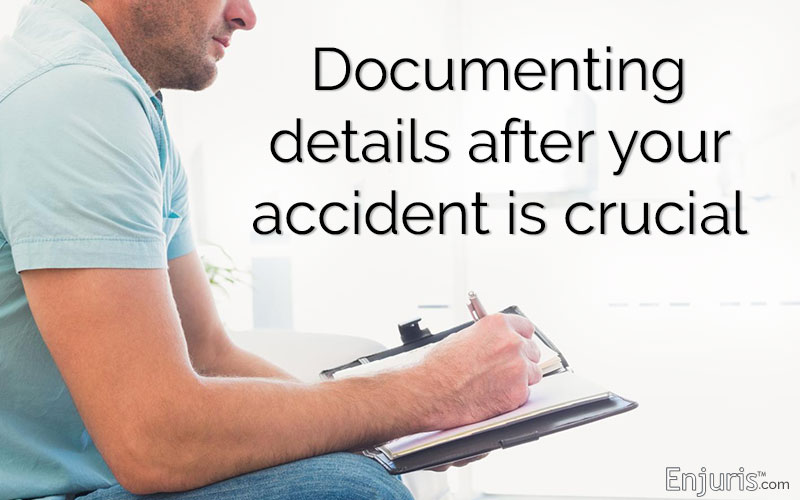
Creating a Post-Accident Pain Journal The trauma of an accident can make remembering all of the details of the crash difficult. Keep a post-accident journal to help document your case.
- Guide to Pennsylvania Car Accidents
- Distracted Driving Accidents & Laws in Pennsylvania
- Guide to Bicycle Accidents in Pennsylvania
- Guide to Pennsylvania Motorcycle Accidents and Injuries
- Navigating Pennsylvania Auto Insurance Laws and Requirements
- Pennsylvania Boat Accidents
- Pennsylvania Bus Accident & Injury Guide
- Pennsylvania Drunk Driving Accidents
- Pennsylvania Hit-and-Run Accidents
- Pennsylvania Pedestrian Laws & Accident Compensation
- Pennsylvania Train Accidents & Railroad Injury Claims
Did you know that car accident law varies by state?
Hurt in a car crash? You may find these resources helpful
Need a lawyer?
What does an injury lawyer do?
A personal injury lawyer helps individuals who have sustained injuries in accidents to recover financial compensation. These funds are often needed to pay for medical treatment, make up for lost wages and provide compensation for injuries suffered. Sometimes a case that seems simple at first may become more complicated. In these cases, consider hiring an experienced personal injury lawyer. Read more
Common car accidents
